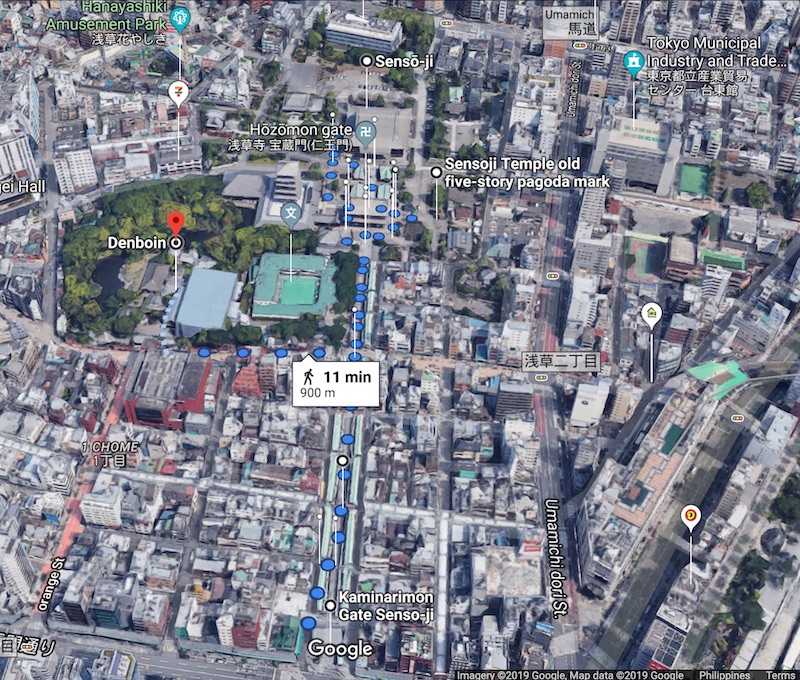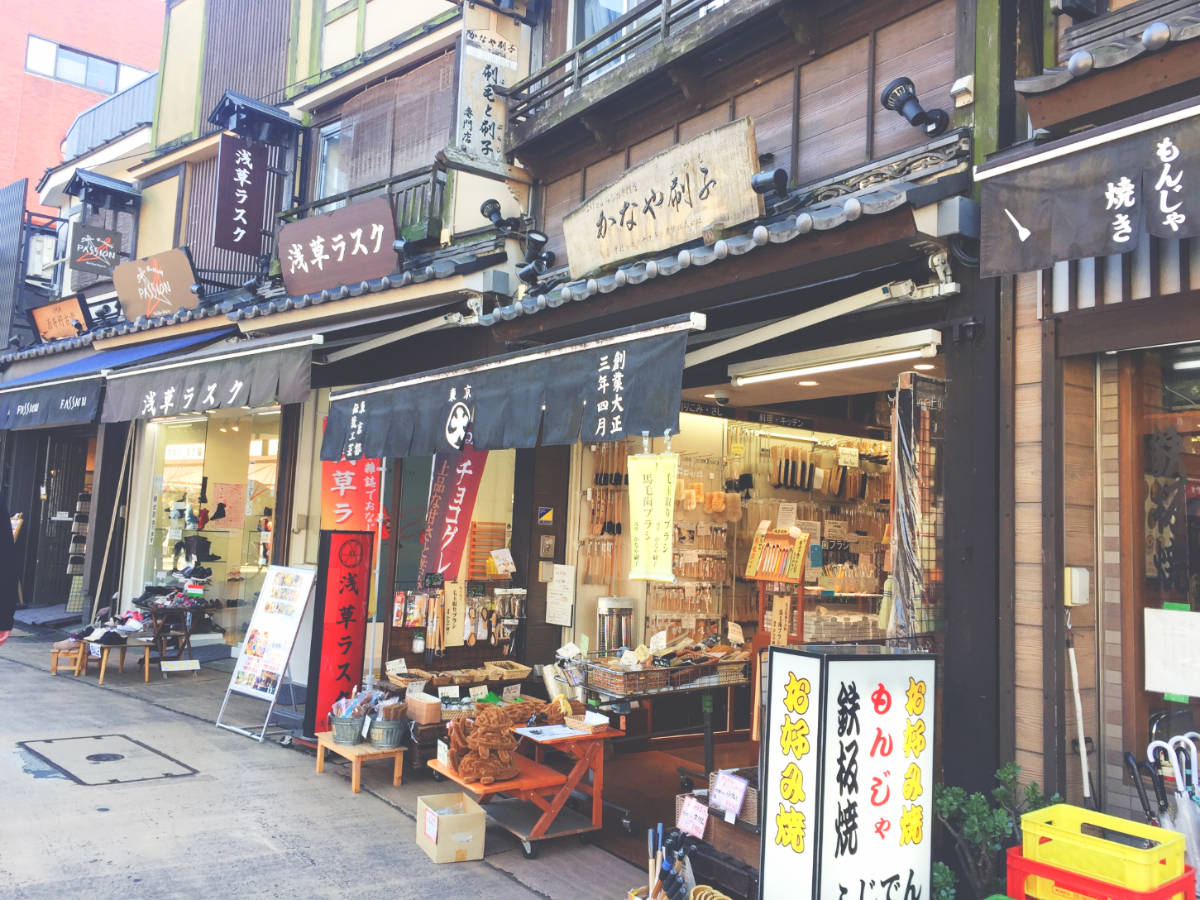There’s no better way to experience Tokyo, Japan than through the eyes of its local residents. Their choices of places to visit are much more interesting, their stories more…intriguing.
Exploring Asakusa on a Free Walking Tour
If safety is not an issue, I think the best way to get to know a city is to explore its nooks and crannies by foot. Walking around the neighbourhoods and absorbing the various sights, sounds, and smells can reveal what travel blogs and guidebooks cannot—a place populated by real people with fascinating stories to tell.
We’ve had the opportunity to be guided by a local Tokyo resident during our visit via a free walking tour service called Tokyo Localized. I discovered it while planning the trip, signed up after reading the overwhelmingly positive reviews, and promptly got a confirmation e-mail from Dai, its founder who eventually became our guide.

Dai lived in the United States for a few years. While there, he learned about the US by joining various walking tours. He loved the experience so much that he decided to create walking tours when he went back home to Tokyo. Rounding up some of his friends, he founded Tokyo Localized to provide a unique experience to travellers and share his love and passion for Tokyo “by giving travellers the chance to experience something different.”

We were met by Dai at the Kaminari-mon Sensouji or Thunder Gate. Aside from our group, there were 5-6 others who joined the tour.

The last time I was in Asakusa, I was drenched. This time around, the weather was glorious!
The Route
There were five stops on our tour, namely:
- Nakamise Shopping Arcade
- Five Stories Pagoda
- Senso-ji or Asakusa Temple
- Denboin Street
- Sumida Riverside

First, Dai led us through the 200-meter shopping street, Nakamise. Known for its variety of sweets and pastries shops (particularly the Ningyo-yaki or red bean paste snacks), Nakamise is a wonderful way to take in the more laidback side of Japanese life.

It was a bit crowded that morning. Later, I found out that it was because Japan was celebrating a very important national holiday.
We were then led to the Five Story Pagoda and later, the temple itself—the Sensō-ji.
I’ve written about the Sensō-ji in the past but it was still a sight to behold!


“Sensō-ji (金龍山浅草寺 Kinryū-zan Sensō-ji) is an ancient Buddhist temple located in Asakusa, Tokyo, Japan. It is Tokyo’s oldest temple, and one of its most significant. Formerly associated with the Tendai sect of Buddhism, it became independent after World War II. Adjacent to the temple is a five-story pagoda, Shinto shrine, the Asakusa Shrine.”
Source.
Dai also led us inside the smaller Asakusa Shrine. On their birthdays, children and young people come here to pray in their full traditional outfits.


The interesting thing is, the Asakusa Shrine is a Shinto shrine, unlike the Senso-ji which is Buddhist. How can shrines of two different religions exist within the same complex? Aaah, let Dai explain that to you.
Later, we walked away from Sensjo-ji, towards the west end of Nikamise, and out onto Denboin Street where we were met by a pleasant, almost nostalgic scene of an old shopping street teeming with people.

This street is the perfect place to find some of the oldest traditional shops that have the look and feel of the Old Edo (what Tokyo was called during the Tokugawa Shogunate between 1603 and 1868).

One can find some of the best handcrafted souvenirs here: beautiful folding fans, kimonos and yukatas, glasses, and hairpins and wooden combs. I was particularly interested in this shop that sold various brushes and cleaning paraphernalia made from natural materials.
Moving right along, we eventually arrived at Hoppy Street (also known as Nikomi or Stew Street). Filled with izakaya or old-fashioned bars and yakitori restaurants, the 80-meter street pulsates with youthful energy.

Hoppy Street is named after Hoppy, a beverage that tastes like beer but has very little alcohol content (0.8%). To make it a bit stronger, locals would mix it with a Japanese distilled beverage called shochu. We were only able to taste the concoction in a Ramen shop after the tour.

The last leg of the tour led us to Sumida River from which we could see the iconic Sky Tree Tower and the infamous Asahi Super Dry Hall. It is crowned by the Asahi Flame which locals call “kin no unko” or “the golden turd”. It’s a long story.

Thus, our walking tour ended. I deliberately didn’t get into the details of the tour so as not to spoil it for you. Suffice it to say that Dai was a very energetic and patient tour guide and that as cliché as it may sound, I learned a lot from the tour despite having explored Asakusa previously.
To book a free walking tour, just register at Tokyo Localized. They also offer night tours in other areas, including Shinjuku. By the way, although this tour is free, please make sure you give Dai a well-deserved tip.
Was this post helpful? Share it with your friends! Also like PinayTraveller on Facebook, Instagram, and Pinterest to get updated on our latest adventure.




1 thought on “PinayTraveller in Japan: Asakusa Through a Local’s Eyes”